I must also give a fanfare to the twelve students who attended my beginner's course in manuscript illumination and produced some amazing work. Very steady hands all, even the youngest attendee who was only eleven. Mainly dragons, but also a stray snake and a floreated initial, the students' own design. Sadly a tech failure meant that I lost most of the photographs I took at the second session but I have a few from the first, anonymous by request.
eAs you can see from the pictures, the Altstadtgalerie usually has a more contemporary offering than mine. However you can also spy the red sign of the well-known Cafe Rudiferia where if the art bores you, you can sample the high art of Austrian patisserie at a much more reasonable price than in Salzburg. During the month I shall also be holding two workshops, an introduction to medieval book illumination, where the participants will be able to choose from a range of fabulous dragons I have recreated from manuscripts of different periods.
More than seven years on, and mindful of the old adage about the cobbler's children going unshod, I decided it was time I made a crucifix for our own home. Most things I paint are commissions or are for sale elsewhere, so no sooner do we get used to something being on the wall than it disappears. I'm glad of that really, it gives me the chance to try again. Though I shan't be trying again with a crucifix unless I can buy a ready-made blank. I had forgotten how difficult a shape it is to cut without specialist equipment. Casting around the internet for my inspiration, I ran across some wonderful images from the Franciscan museum in Zadar, Croatia. Another one for the bucket list.... If you make it there before I do, please abandon the beach one day in favour of this place and report back. Croatia is a bit of a hybrid East-meets-West place, iconographically speaking. A largely Catholic country, but with many influences from the East. The 11th century cross which I took as my chief model shows Christ standing rather than hanging, calm and strong. He is not twisted and emaciated or smothered in gore. Instead of a loin cloth he sports a rather fetching sort of brocade kilt which I lifted wholesale. But what I really wanted - and failed - to recreate was the magnificent face of Christ in my second, black and white image below. Also from Zadar, from a nunnery destroyed by Allied bombing during the second world war, tragically this partial photo seems to be all that remains of this most haunting icon.
I just viewed another wonderful video by Attila Gazo of www.masterpigments.com about the production of blue pigment from mineral azurite. Find it here on YouTube by cut and pasting the link in your browser: https://www.youtube.com/watch?v=OcMCGNNzxtk. 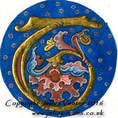 A divine colour, azurite, as important in later medieval western art as lapis lazuli. If I could afford to, I would splash it on all over. I love it in its purest grades, as in this tiny illuminated letter T (back of a pendant jewel I made for my daughter): - - and just as much in its lesser grades, as the greenish shade I used for Christ's robe in this icon of the Confession of Thomas. I once harboured ambitions to make my own pigments, but just looking at the equipment and repetitive processes involved in Attila's work is enough to make one come over faint. Quite a risky business too, given the toxicity of some of these pigments. Check out his videos on the production of lead white and cinnabar.
|
The view from my deskCurrent work, places and events, art travel, and interesting snippets about Christian icons, medieval art, manuscript illumination, egg tempera,, gilding, technique and materials. Categories
All
Archives
January 2024
|
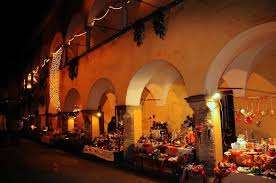
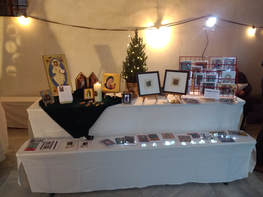
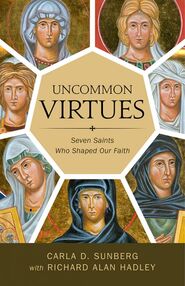
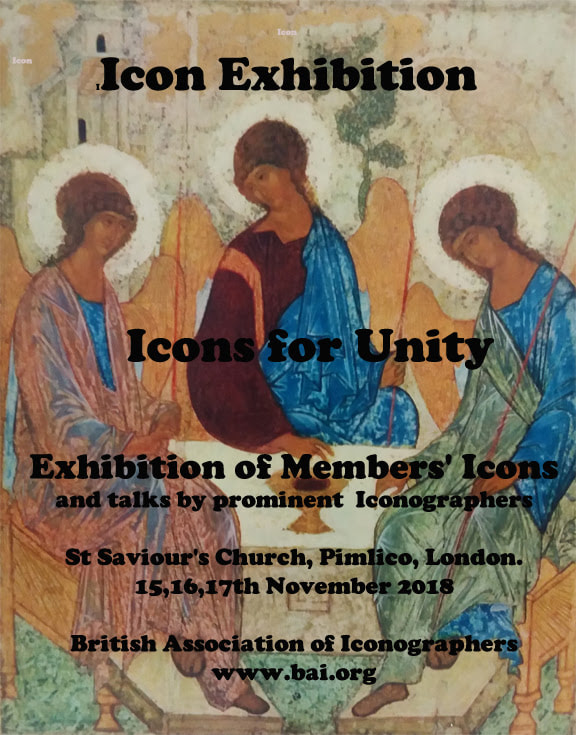
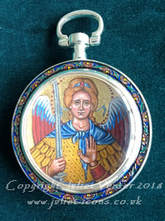
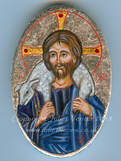
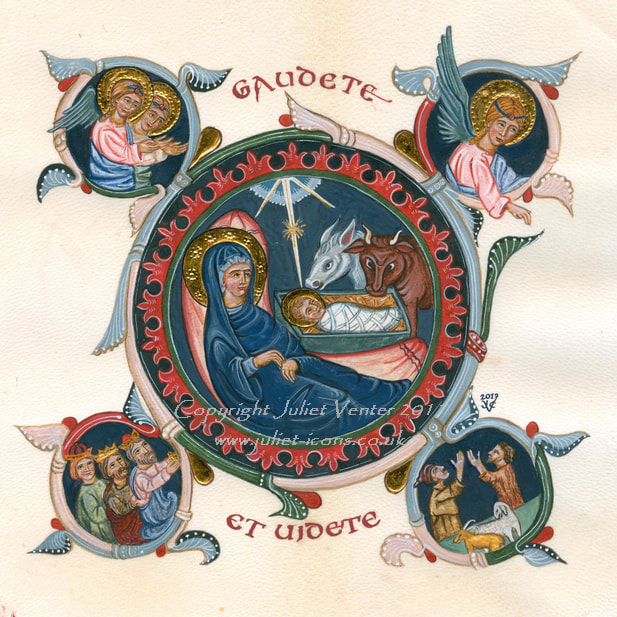
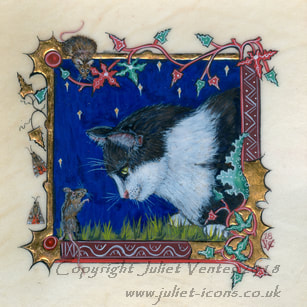
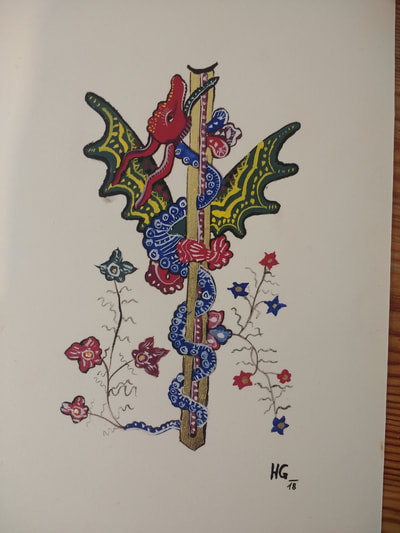
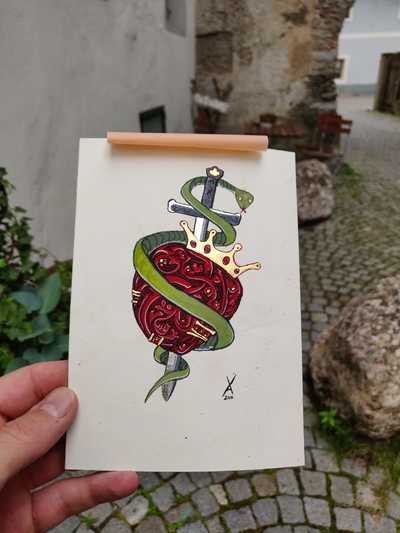
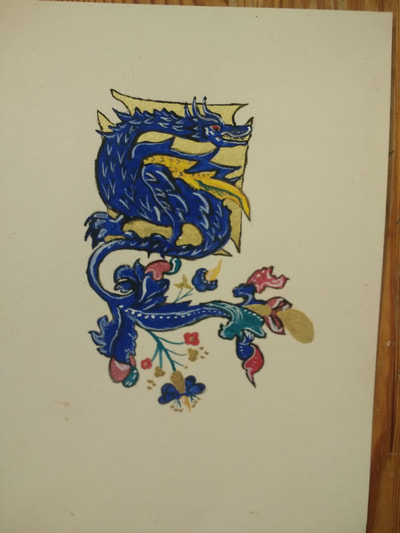
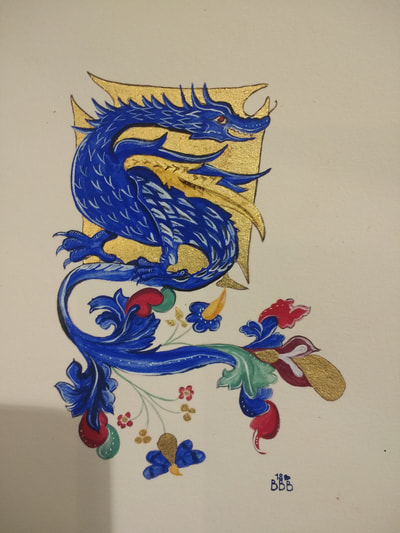
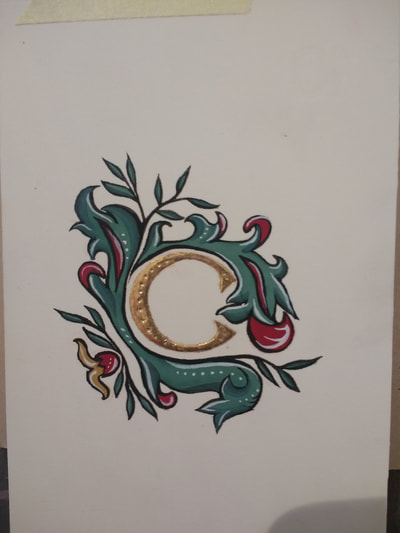
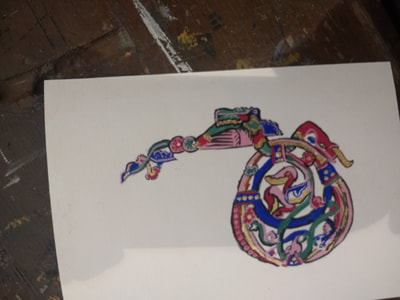
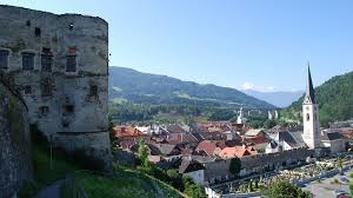
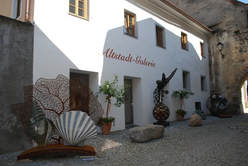
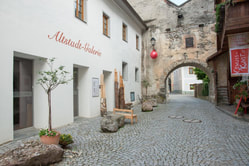
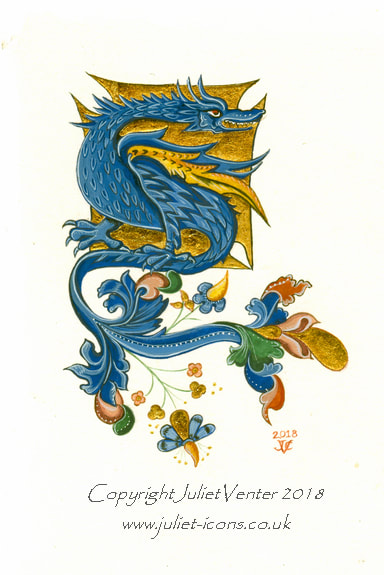
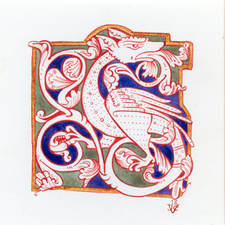

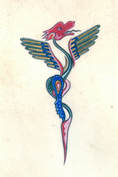
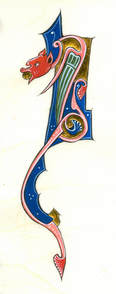

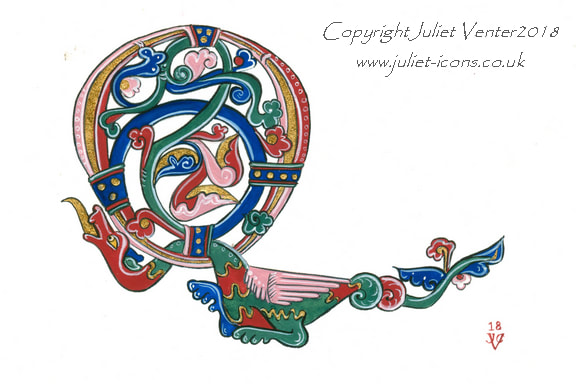
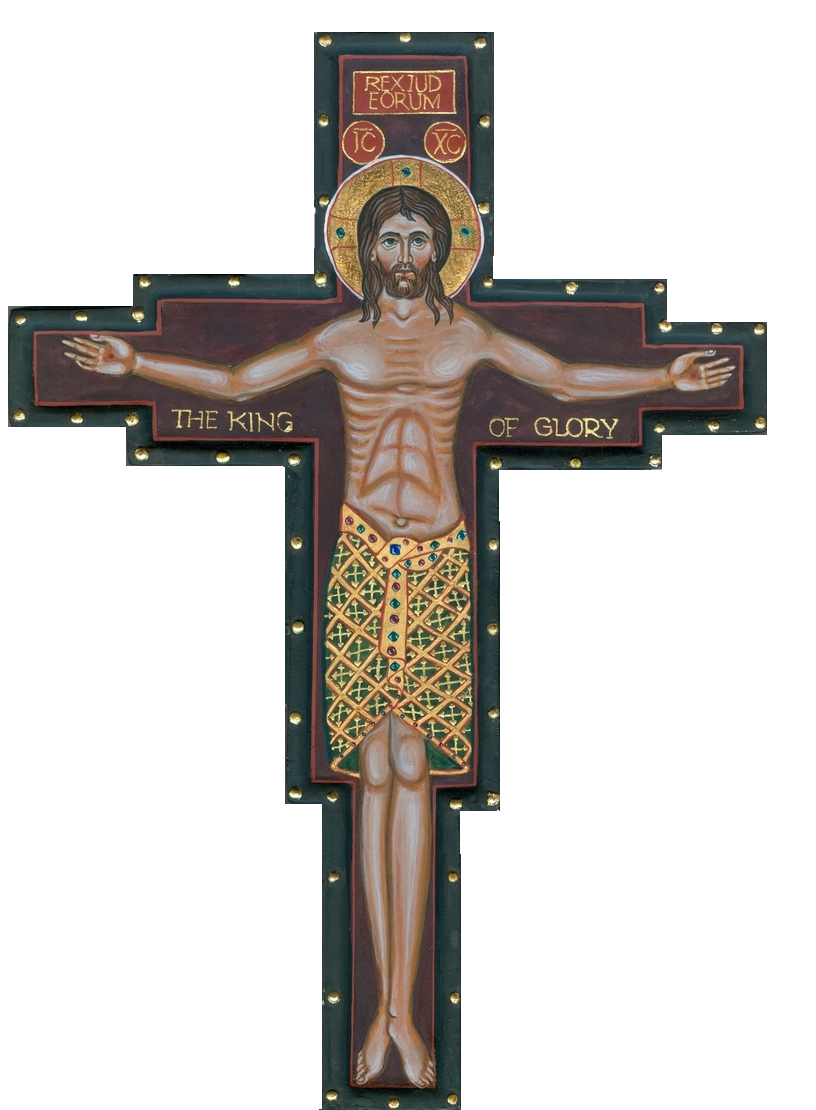
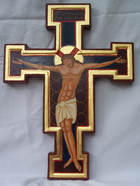
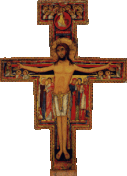
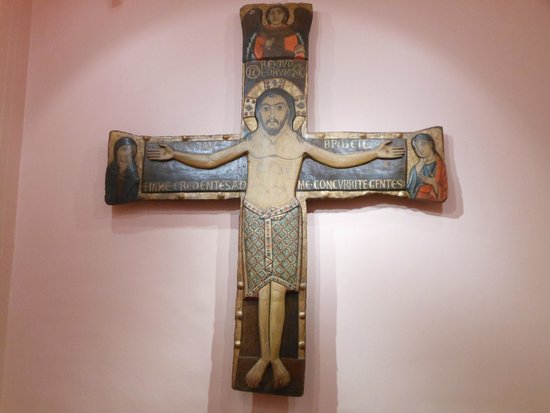
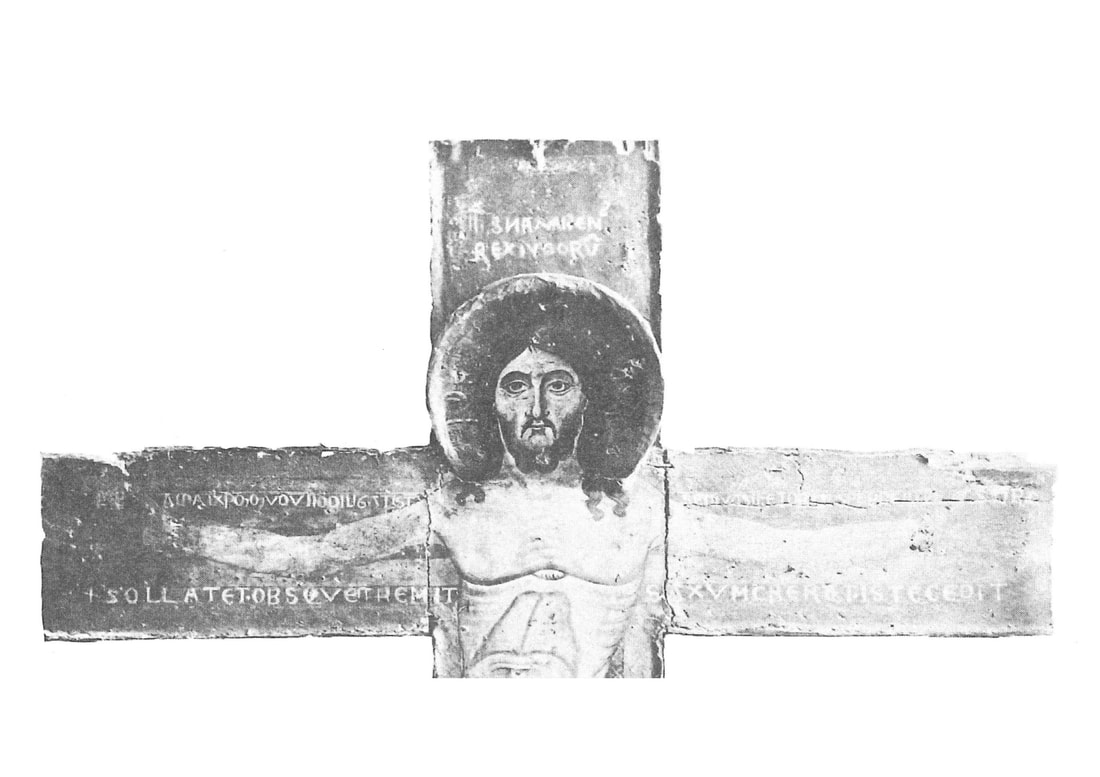
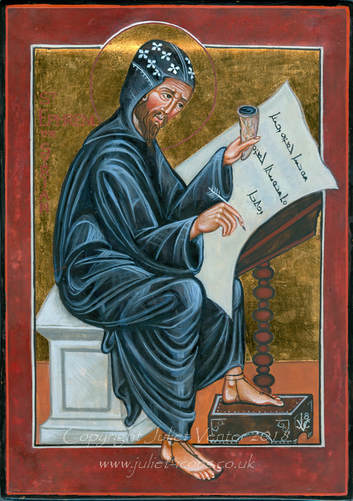
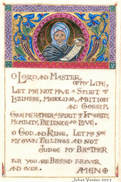

 RSS Feed
RSS Feed